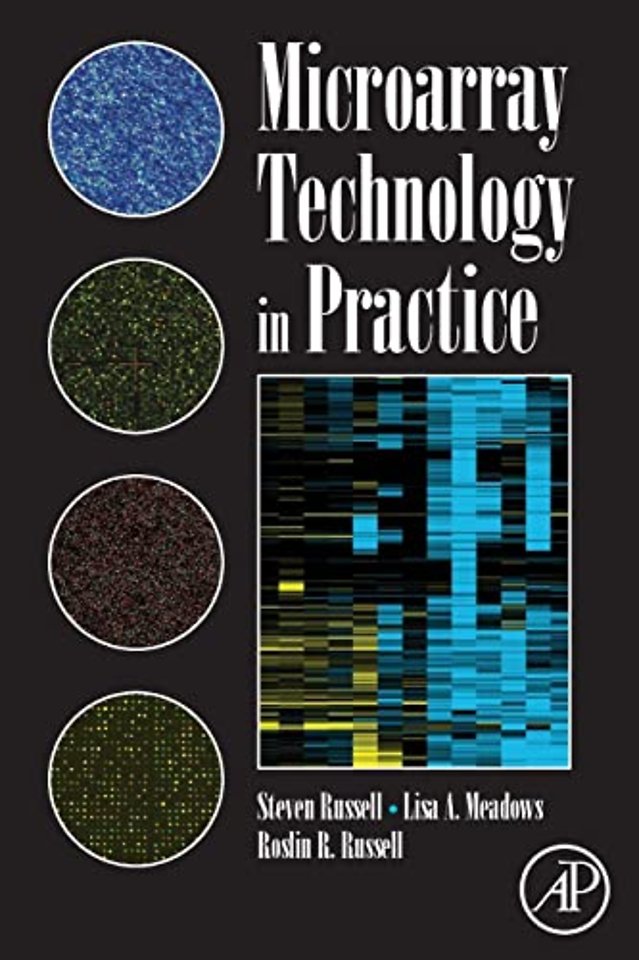Contents<br><br>1. What are microarrays?<br>A. The basics<br>2. Designing and producing a microarray<br>A. Platform options<br>B. Oligonucleotide design<br>C. Whole genome or boutique arrays<br>D. The problems of multiple testing<br>E. Array layout<br>F. Quality assessment<br><br>3. Sample collection and labelling<br>A. RNA extraction<br>B. Quality assessment<br>C. Direct labelling techniques<br>D. Indirect labelling techniques<br>E. End labelling techniques<br>F. Amplification techniques<br>G. Hybridization<br><br>4. Data acquisition<br>A. Scanners <br>B. Image acquisition<br>C. Multiple scans and data merging<br>D. Finding spots<br>E. Background measurement<br>G. Quality control basics<br><br>5. Experimental Design and Data Normalisation<br>A. Experimental design<br>B. Why normalize?<br>C. Unwanted signal variation<br>D. Common normalization approaches<br>E. Data transformation<br>F. Dealing with ‘S’-shaped trends<br>G. Replicates and spatial detrending<br>H. Normalization of single channel arrays<br><br>6. Meta analysis<br>A. Data filtering<br>B. Screening for differentially expressed genes<br>C. Hierarchical clustering<br>D. Other clustering techniques<br>E. Components analysis<br>F. Prediction tools<br><br>7. Data annotation, storage and submission<br>A. Functional data annotation <br>B. Microarray databases<br>C. Public repositories<br><br>8. Applications in health & disease<br>A. Malaria – parasite expression<br>B. Cancer classification<br>C. Diagnostic Arrays<br><br>9. It's not all gene expression<br>A. ChIP-array<br>B. CGH<br>C. Protein arrays<br>D. Cell arrays

